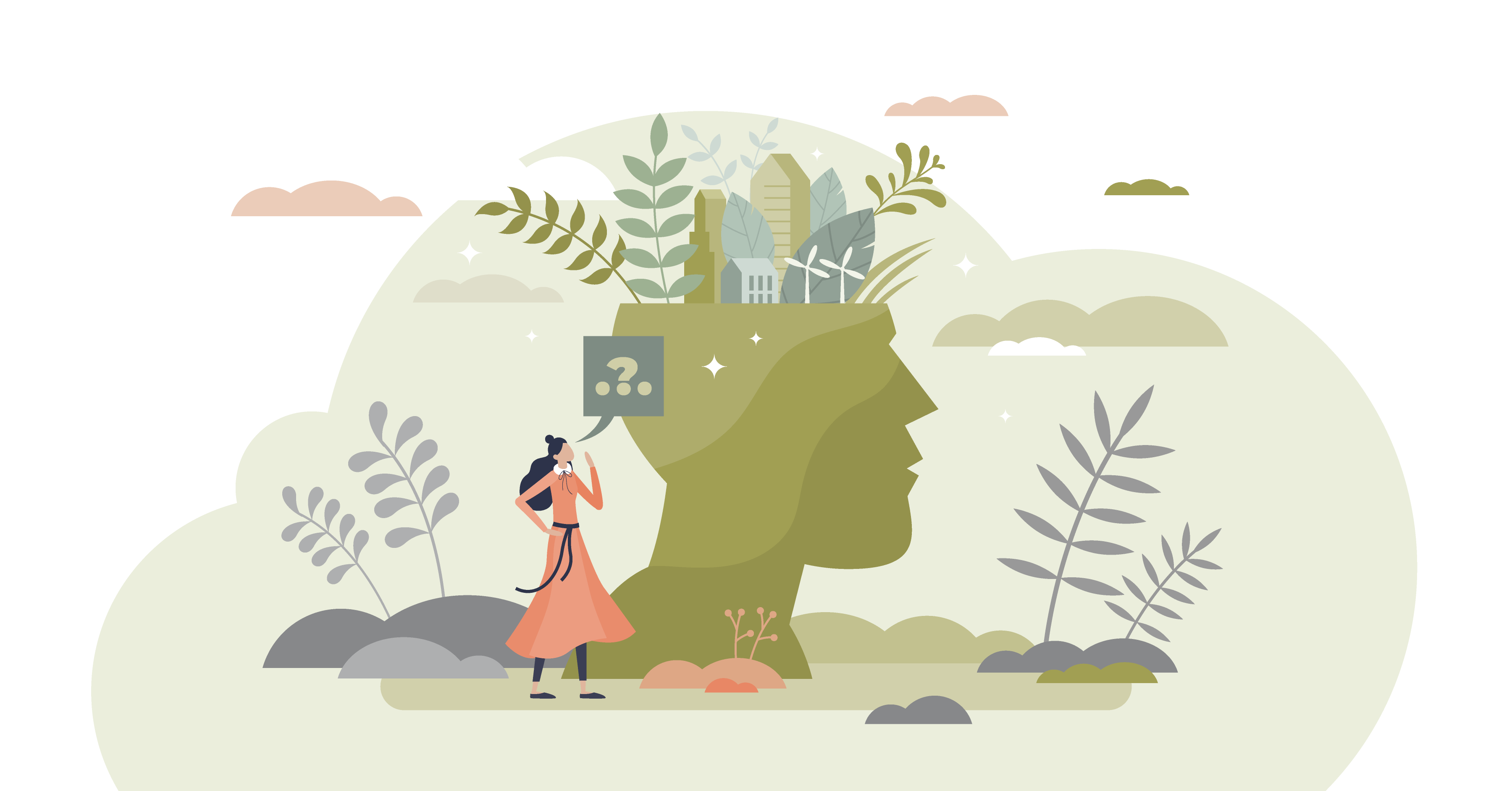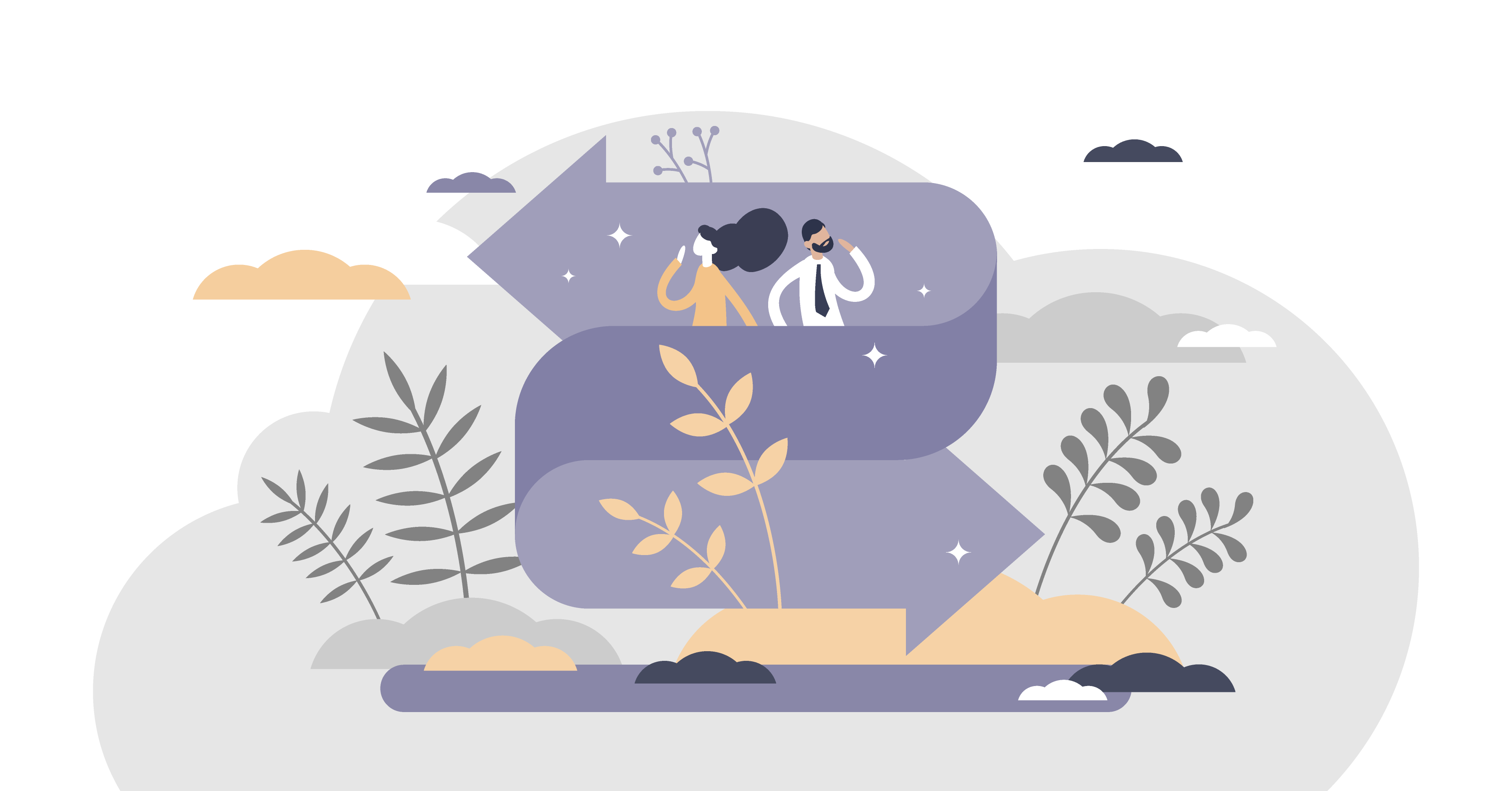Table of Contents
It has been a good month or two now since I started managing my PhD research with Capacities.io. I wanted to give an update as to how I have developed my PKM system in the app, in the hope it may inspire you to try some aspects of how I use it. I've found it incredibly powerful for the literature review process.
Therefore I'm going to share how I use four aspects of my notes which are central to my new setup and my PhD;
- Daily Notes
- Literature MAPS (and Literature Searches)
- Zettels
Together these will give you an insight as to how I run my day and how I can get a birds eye view of a vast amount of academic literature in a short amount of time.
Daily Notes
In Obsidian I only ever used Daily Notes as places to store random information which cropped up during the day. In Capacities, I use Daily Notes to set intentions and to record what I like to call 'to done' lists.
I only really use them when I am at work. At the start of my working day I will set 1-3 intentions and highlight them in yellow. These are the non-negotiables I have or want to get done that day.
Throughout the day I essentially keep a diary of what I did. Tasks which relate to my blog are highlighted in light orange and PhD work is highlighted in red. I'll link to any relevant pages I was working on that day.

This is purely a work record and doesn't include reflections or journaling. These are done separately, usually by hand.
'To Process' includes things I need to set intentions for in the future. These get added into the 'to do list' swamp. I also add quick notes in here as needed.
Literature MAPS
MAPS are something I started using in Obsidian but didn't develop fully. They are inspired by a technique Jeremy Nguyen taught in the 2023 Linking Your Thinking workshop.
My Literature MAPS are an incredibly powerful way of combining information derived from many different sources. There is such an overwhelming number of articles published every day, I needed a way to consume a lot of information, very quickly and easily.
It all starts with a Literature Search.
Literature Search
My Literature Search notes have the search term as the title and some metadata giving more information about where the search was done and the status of the search.

When I do a literature search on the web, I am aiming for 50-200 search results to be returned. Not all these will be relevant, but that's about the number I can process using this method in one or two sittings. If it's larger I'll add another search term to narrow it down further.
In the above example, I ran the search for 'polyhalite' using Web of Science on 2nd August, giving about 200 results. I also carried out a similar search with a narrower focus to include the word 'soil'.
[Polyhalite is used as a potassium fertiliser. It also contains calcium, magnesium and sulfur. It's not related to my PhD; I researched its effects on soil structure for my MSc in Soil Science. However, I have yet to write up a paper for this work, hence me creating these notes in anticipation ... ]
Below the metadata, for each relevant result, I put the Better BibTeX citation key I use throughout any reference work; first author-year-first two words of the title. Under this I put 1-3 bullet points of the major results derived from the abstract of the paper; we're talking really basic level findings here. Under 'kumar-2023-Effectpolyhalite' you'll see all I've written is 'polyhalite improved wheat growth and yield.' I'm sure there will be nuances within that result once I go ahead and read the paper, but for now, the big story is polyhalite had a positive impact on a crop.
Something I quickly realised was the value in sorting my search results by date, with the newest first. All I need to do to check for updates is click on the search link, check whether there is any newer research (or the number of search results has changed) and add the new research into the top of the document.
Originally I noted the results in the default Web of Science order, which is 'Relevance'. This makes it more difficult to work out if there is anything new published. Ordering by date keeps it simple.
Once I have completed my Literature Searches on a specific area, I start to get a better idea of the research landscape for that term. But things aren't logically arranged yet, I have multiple search terms and the current formatting isn't helpful for linking.
Now enter my 🗺 Literature MAPS.
Literature MAPS
Literature MAPS are where the magic happens.
In my MAPS I pull together all the sources, organise them and create an overall research landscape document so that I can see at a glance, the gist of the research out there.
One-by-one I'll go through each of the sources found in the Literature Search and group them together according to topic.
Below, you'll see the results from 'polyhalite' and 'polyhalite AND soil' came under eight broad categories. I include an index at the beginning for quick reference. I don't really need to do this because Capacities has a Table of Contents, but I find this way quicker to see what's in the there.
Some sources are duplicated under different headings, but that's fine.

Once I have grouped together sources under the relevant areas, I make each citation key into a 📚'Source' page Object. These will be where I take notes on that source.
[About half way down the page of this article about why I switched from Obsidian to Capacities, you'll see an example of the template I use for Sources. Also here is an example of the full metadata and a completed Source object. These articles may also convince you to start using Capacities!]
The final piece of the puzzle comes in the form of my 🧠 Zettels.
Zettels
My Zettels are statements. They take inspiration from Elizabeth Phillips. They can be controversial if it takes my fancy and often opposites. I originally used keywords, but I found these quickly became unwieldy.
So in my polyhalite example, I could have Zettels for:
- Polyhalite performs better than other potassium fertilisers
- Polyhalite is not as good as other potassium fertilisers
As it turns out, the literature has indicated the following:
- Polyhalite performs the same or better than MOP [MOP, or Muriate of Potash, is the most commonly used alternative] ... but ...
- ... polyhalite is best used in a blend with other fertilisers due to high cost and additional cation content
When it comes to writing the Zettels, or my paper, which is essentially a combination of Zettels-based paragraphs, I have all the sources ready to hand with the information I need to extract. And with the MAP I have the wider context of that information and how it fits together.
From the Literature Search and MAP above, which perhaps took a morning to put together, I have the outline for a literature review (which took me as long as it took to type the following, with some order re-jigging):
- Polyhalite influences the physiology of plants
- Polyhalite releases its nutrients slowly
- Polyhalite is more effective at nutrient release than equivalent fertiliser combinations
- Polyhalite performs the same as or better than MOP
- Polyhalite improves marketable crop yield and quality
- Polyhalite is a suitable alternative potassium fertiliser
- Polyhalite is a source of sulfur for crops
- Because it contains no nitrogen using polyhalite as a sulfur source can reduce ammonia emissions
- Polyhalite is best used in a blend with other fertilisers due to high cost and additional cation content
- Polyhalite can improve the efficiency of other fertilisers
- Polyhalite affects the salt balance of the soil and may be used as a remediation agent for saline soils
Now the annoying thing for me, is that only points 2 and 6 are directly relevant for the paper I need to write. Everything else will pretty much be a sentence; it's worth noting but it's not directly relevant to my topic of research.
On the other hand, I've saved myself time from reading papers I don't need to read - the jist is enough. All I need is one or two sources read to back up the statements above rather than all 18 on how polyhalite is better or similar to MOP.
And there you have it! How I use Capacities to manage my PhD Diary and my Literature Review process. If you have found it useful, please share and tag @annetteraffan on social media!
If you are wanting some help understanding research papers, I'm working on a series of articles aimed at doing so. Here's the first on what to do before you read a research article:

[I'm working on transferring all my Medium content onto this website. If you aren't a Medium member and want access to the article, ping me an email and I'll send you a friend link 😉]










Comments